How To Win A Transformation Challenge
Estimated reading time: 10 minutes
The Biggest Loser, love it or hate it, changed the landscape of the fitness world for good and 17 years later Transformation Challenge’s are here to stay. The format varies between trainers and gym’s but there is a strong market for structure, discipline and pushing limits to better ones self.
With obesity rates consistently on the rise there are plenty of people ready to buck the trend and take their life back. If you’re reading this I’ll assume you’re one of them. Congratulations!
Now that you’ve registered, what comes next? The trainer or gym will probably give you some workouts or a structured eating plan to follow to lose weight, but if everyone gets the same information, access to the same facility and trainers then how do you win? What’s the difference maker going to be?
Check out this list below we’ve compiled to help you succeed where the others will inevitably fail. While you’re at it, check out our Body Transformation Challenge Pack and pick up all the supplements you need to succeed.
Challenge Tip #1 – Make It Sustainable
Imagine eating a quarter of the amount of food you normally would and exercising twice a day, 7 days a week, for 8 weeks straight. How long do you think you would last?
This is why Tip 1 is about sustainability. Depending on the length of your Transformation Challenge you’ll need to tailor the workout regime to make sure you can continue it for the next 6, 8, 12 or however many weeks it goes for.
If it doesn’t fit with your lifestyle, you’re less likely to keep at it.
You may need to tailor the food side of things around your lifestyle as well so be sure to make things as convenient for yourself as possible by prepping meals in advance or if that’s too hard, buy prepared meals and take them with you. There are so many good tasting options now you absolutely can’t go wrong.
Make sure the location suits you, not just for now but afterwards too – there’s no point joining a Challenge for a gym outside your area if you’re going to get the shits driving there every day or it makes you late for work.
The same goes for class times. If you want to workout hard on the weekends but they don’t have classes at a time that works for you, you’re not going to make those up through the week, every week.
Challenge Tip #2 – It’s All About The Calories
This tip is a little lengthy, but developing even just a basic understanding of how calories can be manipulated to achieve a result is handy not just for your Transformation, but maintaining your results and continuing to improve after.
Traditionally a Transformation Challenge will provide you a guide of the foods to eat and if you’re lucky, a meal plan. The problem with this is there is no cookie cutter approach that can be applied from one person to the next to get the same result. Nothing works for everyone in the same way is why people who follow rigid guidelines in a Transformation Challenge get varying results.
To maximise your fat loss and performance you need to understand a very basic principle – The First Law Of Thermodynamics. The first law of thermodynamics essentially says energy cannot be created or destroyed, only transferred. When we apply this to your body, we are saying that you are made up of a series of materials that have an energetic value that can only be transferred. You add energy in by eating and transfer it elsewhere by living and going about your business. Calories are a unit of measurement that we use to measure energy. Kilojoules are another unit of measurement, but for this article we will use calories as they’re the most commonly used measurement in the fitness world.
Everything your body does requires energy which and every person has a unique daily energy requirement for basic survival called your BMR (Basal Metabolic Rate) and another for your body’s needs as a whole, called your TDEE (Total Daily Energy Expenditure). These we generally measure in calories.
Body fat is a stored when there is an excess amount of energy the body could not use, so it was transferred for later use in case there is a shortage. Kind of like your body’s rainy day savings. See, being fat isn’t such a bad thing, you just have Apocalypse Savings, right?
The key to losing that body fat is creating an imbalance between the energy coming in to the body and what is being used daily. The body needs to make up the difference in energy by tapping into those “savings” to fill the gap. In a broad sense this is the basic principal of how fat is “burned”.
Creating the energy imbalance can be done in a number of ways, but the most effective is eating less than you have been. That’s where knowing your TDEE comes in handy. This should be made available to you as part of the “before” measurement of your Challenge. In some cases such as chronic under-eating the body requires more energy to bring systems back online or to up-regulate them but generally, under eaters don’t make up much of the demographic that partake in Transformation Challenges.
Your TDEE can be used as a starting point to figure out if the meals you have been prescribed will be enough to even lose weight, or if it’s too drastic. For example, if your TDEE is 2000 calories and you eat 1800 calories, you have created a 200 calorie energy deficit just by eating slightly less. Exercise creates an even bigger deficit through the extra activity and recovery needed afterwards.
Tracking your food and drink intake in a calorie counting app like My Fitness Pal also sets you well on your way to winning especially if you’re preparing your own meals. Knowing what’s in the food you eat and how much you need to eat helps you stay accountable throughout the challenge as well.
Challenge Tip #3 – Protein
In Tip 2 we mentioned My Fitness Pal. Tracking your food intake in something like that will show you a couple of key pieces of info, one of which is how much protein you’re getting each day.
Another kinda length tip here, but one very worthwhile understanding.
Every day a process called protein turnover occurs in our body. Older proteins are broken down and replaced with newer ones in our cells. This means every day we need to consume protein to maintain what we’ve got.
When you throw exercise on top of this daily turnover there’s more damage to repair, so more resources are needed. This is because when we lift weights or exercise we’re creating little micro tears in the muscle. The consumption of protein helps to repair these tears and in turn helps a muscle to grow bigger and stronger.
Protein is a key component in transforming your body. Not only is it responsible for the repair and rebuild of muscle tissue, which helps you recover – it also helps keep you fuller and is more thermogenic than carbohydrates and fats. You can work out 14 times per week, but if you don’t get the right amount of protein in you definitely won’t see results.
People tend to get hung up on “losing weight“, which disregards their actual body composition. When you see a person who has a desirable shape or muscle definition it’s not because they simply lost weight. They built muscle, which provides the shape you’re seeing.
Skimping on protein is the number 1 way you’ll end up “skinny fat” from a Transformation Challenge. Before you get mad, there’s a difference between skinny fat and skinny fit. Skinny fat is a term used in fitness to describe someone who has lost not only fat, but muscle. The individual ends up smaller than they started, but still floppy in appearance, having gained no muscle or strength. The body is in fact weaker for having ended up in that position.
Skinny fit is just the opposite. Someone who has lost the body fat and increased their muscle tone and strength. The body is in a much better position than when they started. They have a platform to grow from. Whereas the skinny fat individual now has to rebuild muscle that was lost in order to get where they want to be.
How does this happen?
See, if you don’t have enough your body breaks down existing muscle tissue which ends up leaving you with less shape and tone than you would have had otherwise. It does this because the amino acids need to be used elsewhere to help in protein turnover, which I mentioned earlier.
Aim for at least 2.2g of protein per kilo of body weight. If you’re really hungry you can go up to 3g (or even 4g according to some studies) per kilo of body weight. So if you’re 100kg you can have 220g to 300g of protein in your diet per day without any adverse consequences. You’ll also feel fuller as a result because protein takes longer to break down than carbs and fats.
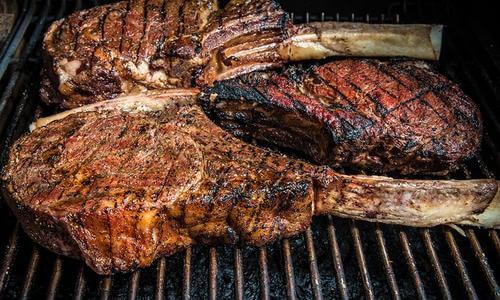
As an added bonus, protein is more thermogenic when digesting which means you’ll burn more calories just by consuming more of it. Meat Sweats, anyone?
Of course when we are talking about protein sources here this means whole foods, not supplements. Whey protein powder does help with recovery, but it is not nearly as thermogenic as a whole food protein source like meat. Protein powder is handy to throw in to smoothies or consume post workout to help stimulate recovery and bump up the overall protein intake in your day. Getting 300g of protein in from whole food sources only can be hard work.
Challenge Tip #4 – Recovery, Recovery and More Recovery
Recovery is more than simply not being too sore for your next workout. Provided you’re getting enough protein (as per Tip 3), there are a few other things you can do to boost your recovery. Hone in on one, or if you’re able to, do them all for maximum effect.
Massage and Physiotherapy are incredibly powerful tools. Set up weekly or fortnightly sessions if you need to – your sore, tired muscles will thank you. Working with an experienced practitioner also helps to prevent injuries which can potentially derail you.
Invest in a lacrosse ball and learn how to use it. You’ll thank me later (after you finish crying from the first time you use it). Lacrosse balls are a great alternative to massages which can be expensive if you don’t have private health, or a good practitioner near you. They’re also portable so you can stick one behind your back almost anywhere.
Walking on days between workouts helps promote blood flow, which helps reduce inflammation and as an added bonus will help you burn more calories without straining your tired muscles. Speaking of promoting blood flow, Massage Gun’s can be a really good way to free yourself of those aches and pains.
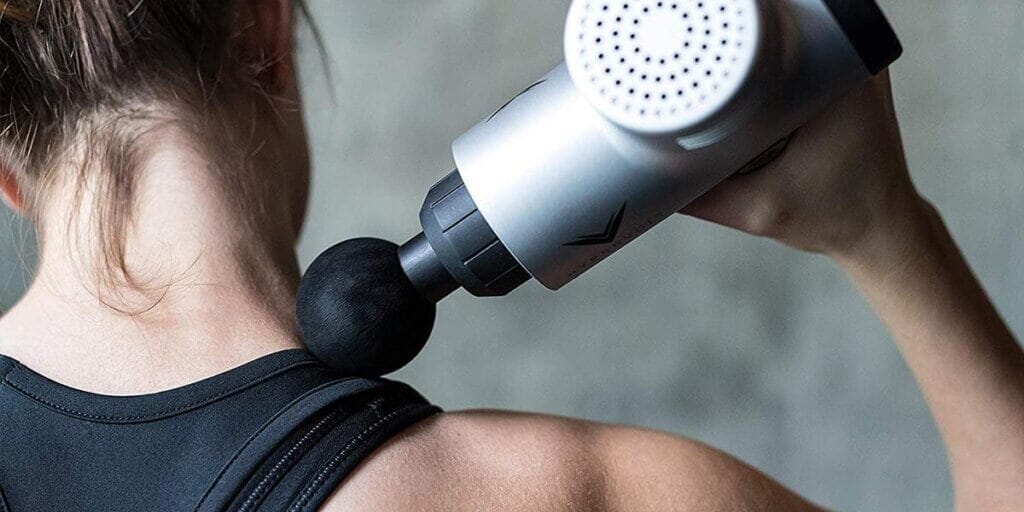
Zinc and Magnesium powder helps replenish essential minerals lost through sweat when working out. They also help improve sleep. You can check our recovery product section for our hand picked products to help you recover faster.
Challenge Tip #5 – Reward Yourself
Don’t be afraid to reward yourself for all your good work. Take into account all the tips above and set yourself a reward, separate from Challenge prizes, that you’ll get if you can tick all the boxes for a week, 2 weeks, 6 weeks and so on.
Having something to look forward to other than just the end of the Challenge is a powerful motivator. Whether that’s a weekend away at a spa, a cheat meal, your first drink of alcohol or demolishing an epic meal – pick something and work towards it.
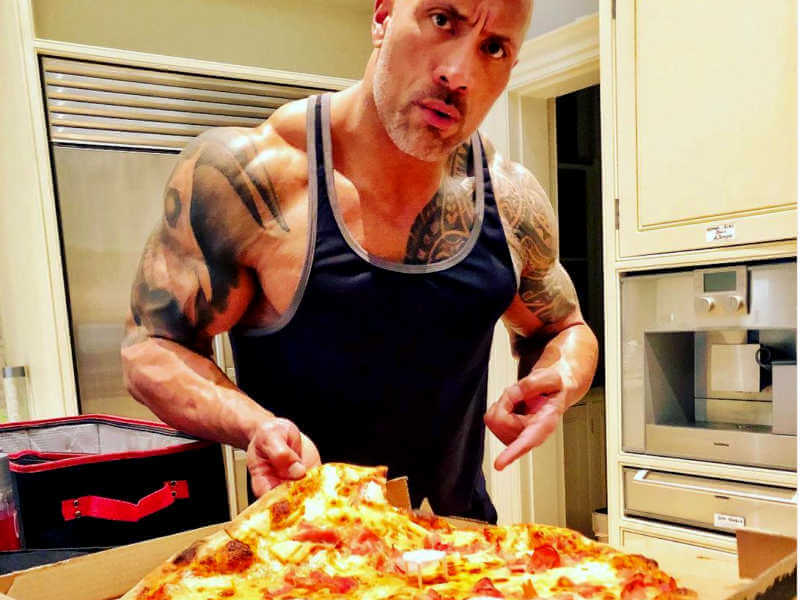
After it’s all said and done a Transformation Challenge is about creating a transformation in your life overall. They’re designed to help you create new, healthy habits but if you’re an absolute beginner don’t be disheartened if you don’t get the results you wanted in 6 weeks. After all, it may have taken you 20 years to get to this point in your life.
A Transformation Challenge is not the end destination, but a fork in the road where you chose a new path.
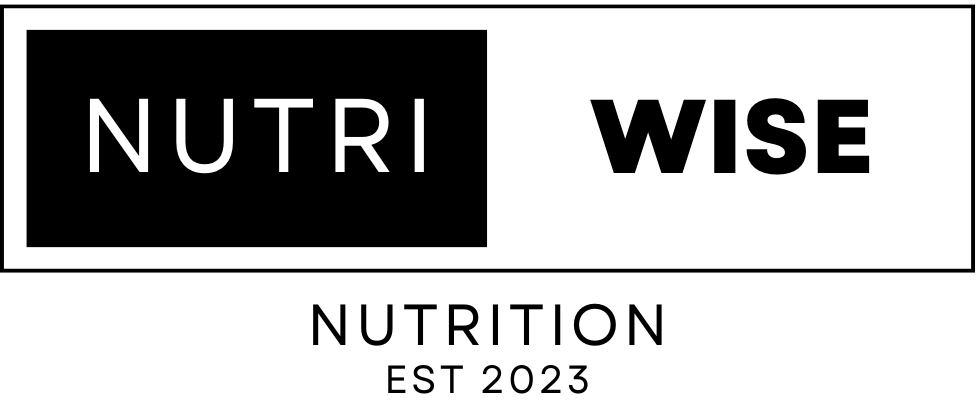




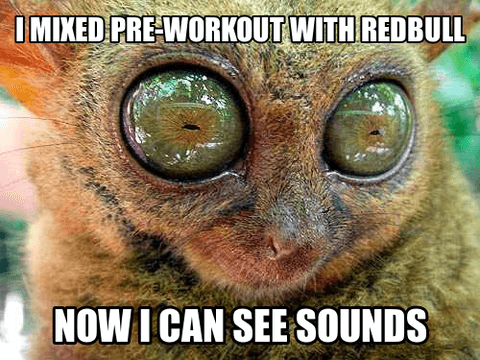
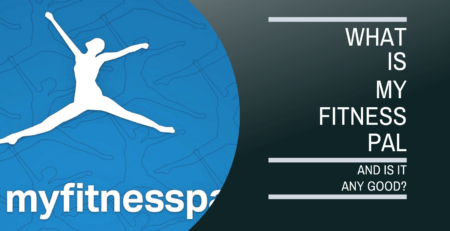



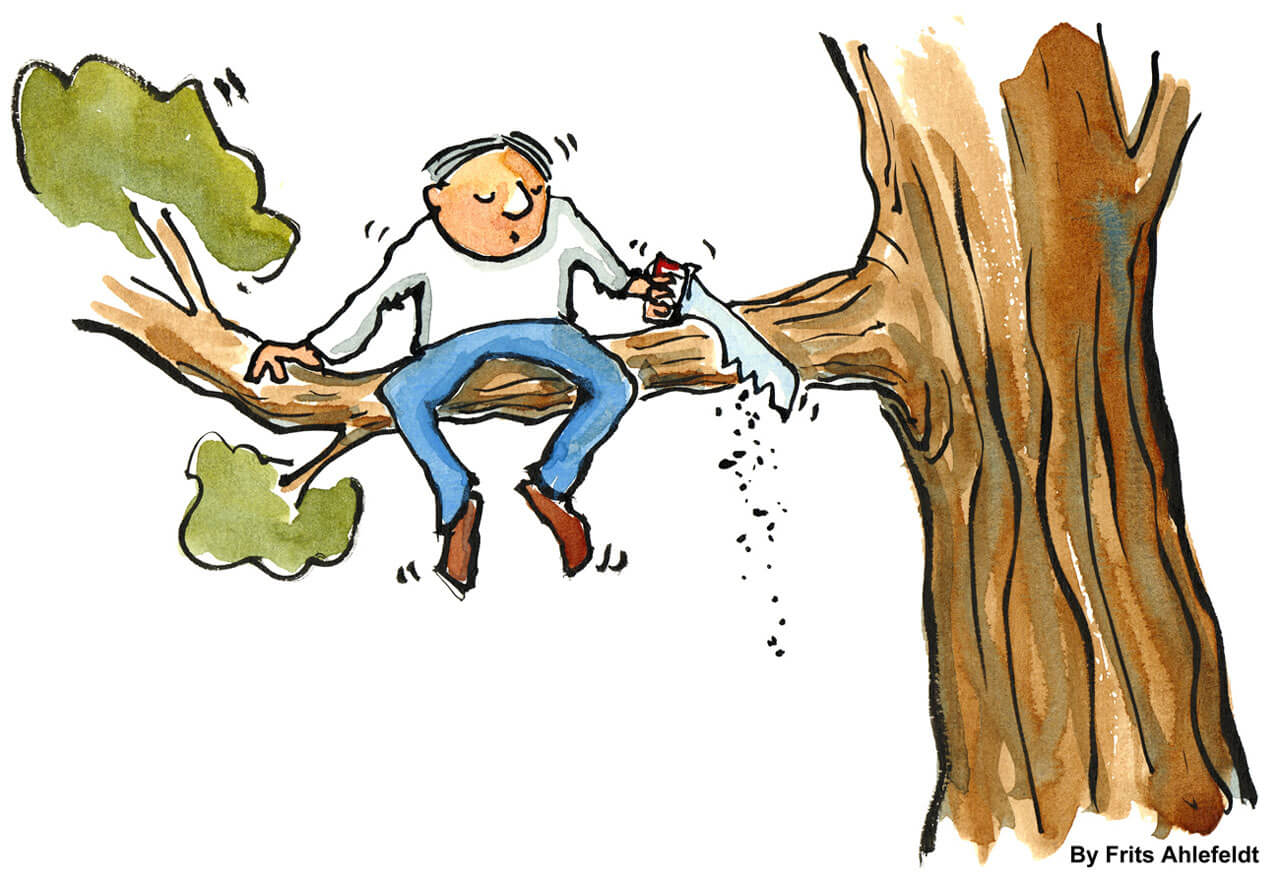
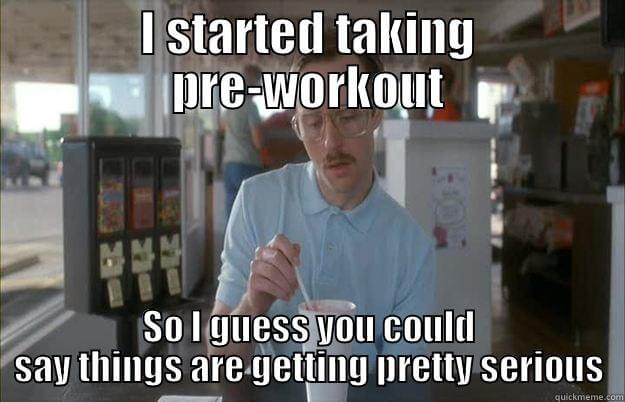
Leave a Reply
You must be logged in to post a comment.